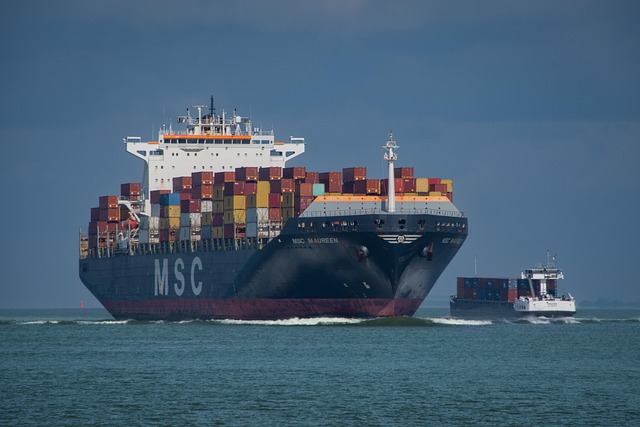Shipping container sizes vary from micro (8ft/9ft6in) to colossal 45ft, each catering to specific logistical needs. Standard 20ft and 40ft containers are workhorses for diverse cargoes, with high cube options enhancing interior space. Specialized containers address unique challenges like temperature control or oversized items. Custom sizes offer flexibility for non-standard shipments. Medium-sized containers balance versatility and efficiency, while large models like 40ft (ISO) and 45ft accommodate bulk goods through double-stacking. The industry's adaptability meets varied supply chain demands.
Shipping containers have revolutionized global trade, offering versatile solutions for diverse goods. This article delves into the intriguing world of shipping container sizes, catering to various needs. From micro and small containers for niche applications to mega and double-stack behemoths for bulk transport, each size variant offers unique advantages. We explore how specialized shapes and configurations further tailor these sturdy boxes to specific logistical challenges. Understanding these options is key to optimizing supply chain efficiency.
- Understanding Standard Shipping Container Sizes
- Tiny But Mighty: Micro and Small Containers
- Medium-Sized Containers: Balancing Flexibility and Capacity
- Large-Scale Logistics: Mega and Double-Stack Containers
- Specialised Shapes and Configurations
Understanding Standard Shipping Container Sizes
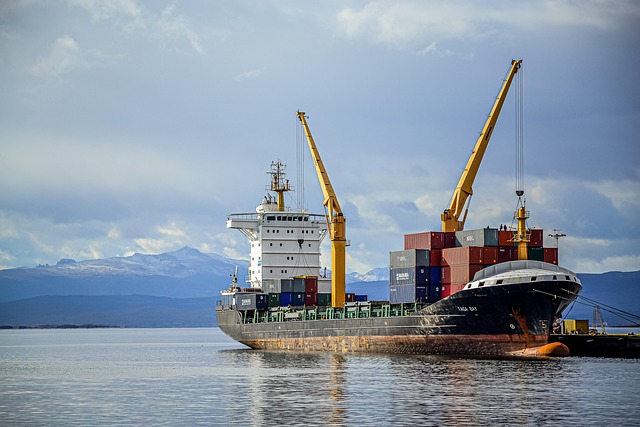
Understanding Standard Shipping Container Sizes
When it comes to shipping containers, one of the most crucial aspects to consider is their size. Containers come in various dimensions, each tailored for specific use cases and cargo requirements. The standard shipping container sizes are determined by the International Organization for Standardization (ISO), ensuring compatibility and efficient stacking across global supply chains. Among the popular choices, the 20ft and 40ft containers are workhorses, offering cost-effective solutions for less dense and high-density loads, respectively.
For unique cargo that requires more vertical space, high cube shipping containers—both 20ft and 40ft—provide enhanced interior height without compromising floor space. Beyond standard dimensions, other specialized containers like refrigerated, flat rack, open top, and modular options cater to diverse needs, such as temperature-controlled transport or oversized items. Custom container sizes are also available for non-standard shipments, ensuring flexibility in catering to specific client needs.
Tiny But Mighty: Micro and Small Containers
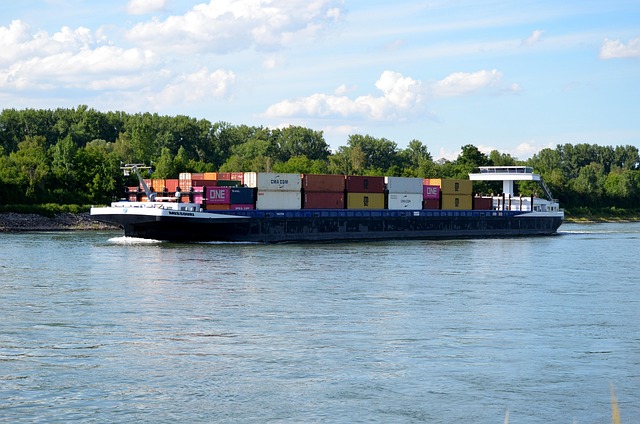
In the world of shipping and logistics, the versatility of containers is undeniable, but what many don’t realize is that this diversity extends to their very size. From the tiniest micro-containers to the colossal 45ft behemoths, each dimension has its unique role in facilitating global trade. The micro and small containers, often overlooked, are actually powerful tools for niche applications. These compact vessels, like the 10ft or 20ft shipping container size options, offer significant advantages in limited spaces, making them ideal for urban delivery or narrow alleys.
Despite their diminutive exterior (often with dimensions like 8ft or 9ft6in high cube), these containers provide substantial interior space and usable floor area, measured in square meters or feet. They are the perfect fit for specialized goods that require care during transit, such as refrigerated containers for perishable items or open-top containers for oversized cargo. Even custom container sizes can be engineered to meet the most peculiar shipping needs, ensuring every last inch of the shipping container size chart is utilized efficiently.
Medium-Sized Containers: Balancing Flexibility and Capacity
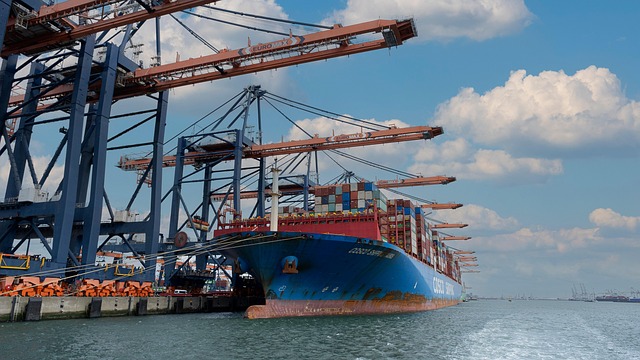
Medium-sized containers offer a compelling balance between flexibility and capacity for diverse shipping needs. Often referring to sizes like the 20ft or 40ft, these containers are versatile workhorses in the logistics industry. The 20ft high cube container, for instance, provides ample interior space while being agile enough for tight spaces, making it ideal for short-term storage, retail displays, or transporting smaller freight. Conversely, the larger 40ft high cube container caters to bulkier items or larger volumes, ensuring efficient use of cargo capacity.
These containers’ dimensions and door sizes (typically around 8ft or more) facilitate easy loading and unloading operations. The standard ISO shipping container size ensures compatibility across global supply chains, while the availability of various types like refrigerated, flat rack, open top, and modular containers expands their utility for specialized goods. Moreover, custom container sizes can be created to accommodate unique cargo shapes or specific client requirements, proving that medium-sized containers are a jack-of-all-trades in the shipping world.
Large-Scale Logistics: Mega and Double-Stack Containers

In large-scale logistics, the need for efficient and versatile shipping solutions is paramount, leading to the development of mega and double-stack containers. These oversized behemoths, often referred to as 40ft (ISO) or 45ft high cube containers, offer unparalleled cargo capacity. Their dimensions—typically around 48 inches in width, 8 feet 6 inches in height, and 20 or 40 feet in length—allow for the transportation of massive goods that wouldn’t fit in standard shipping containers.
Double-stacking these containers further optimizes space, allowing two layers of cargo to be carried on a single vehicle. This is particularly beneficial for bulk cargo and heavy machinery. While 20ft (48x84x20) and 20ft high cube (48x84x9.6) containers remain popular for various use cases, the 40ft (48×8.5×20) and 40ft high cube (48×8.5×23) sizes stand out due to their ability to handle more significant shipping container footprint sizes and door sizes, ensuring efficient loading and unloading processes.
Specialised Shapes and Configurations
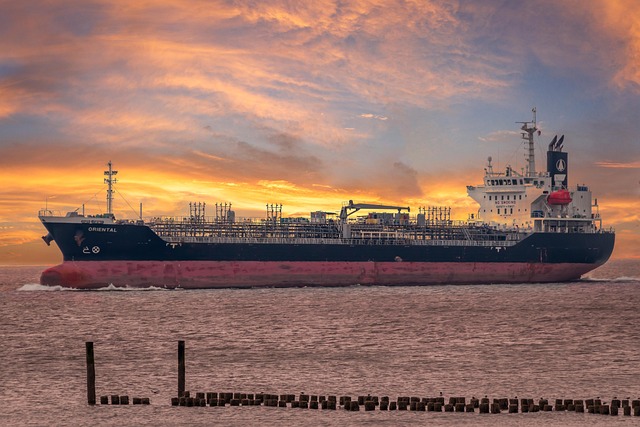
When it comes to specialised shapes and configurations, the world of shipping containers offers a diverse range of options to cater to unique logistical needs. Beyond the standard rectangular shape, various container sizes and designs have been developed for specific purposes, ensuring optimal utilisation in different supply chain scenarios. For instance, high cube containers provide additional vertical space, making them ideal for bulky items that require more headroom.
The 20ft and 40ft shipping container sizes are the most common, serving as versatile workhorses in global trade. However, there are also more niche varieties like refrigerated containers for perishable goods, flat rack containers for oversized cargo, open top containers for fragile or bulky items, and even modular containers that can be configured in various ways. For those requiring a tailored solution, custom container sizes can be engineered to fit specific product dimensions or site constraints. This extensive array of options showcases the adaptability and flexibility inherent in modern shipping container design.
Shipping containers come in a surprising variety of sizes, each optimized for specific needs. From micro and small containers for niche applications to mega and double-stack containers handling massive volumes, understanding these variations empowers efficient logistics planning. Special configurations further tailor solutions, ensuring optimal use of space and cost-effectiveness across diverse supply chain scenarios. Knowing the right shipping container size makes global trade more accessible, flexible, and streamlined.
